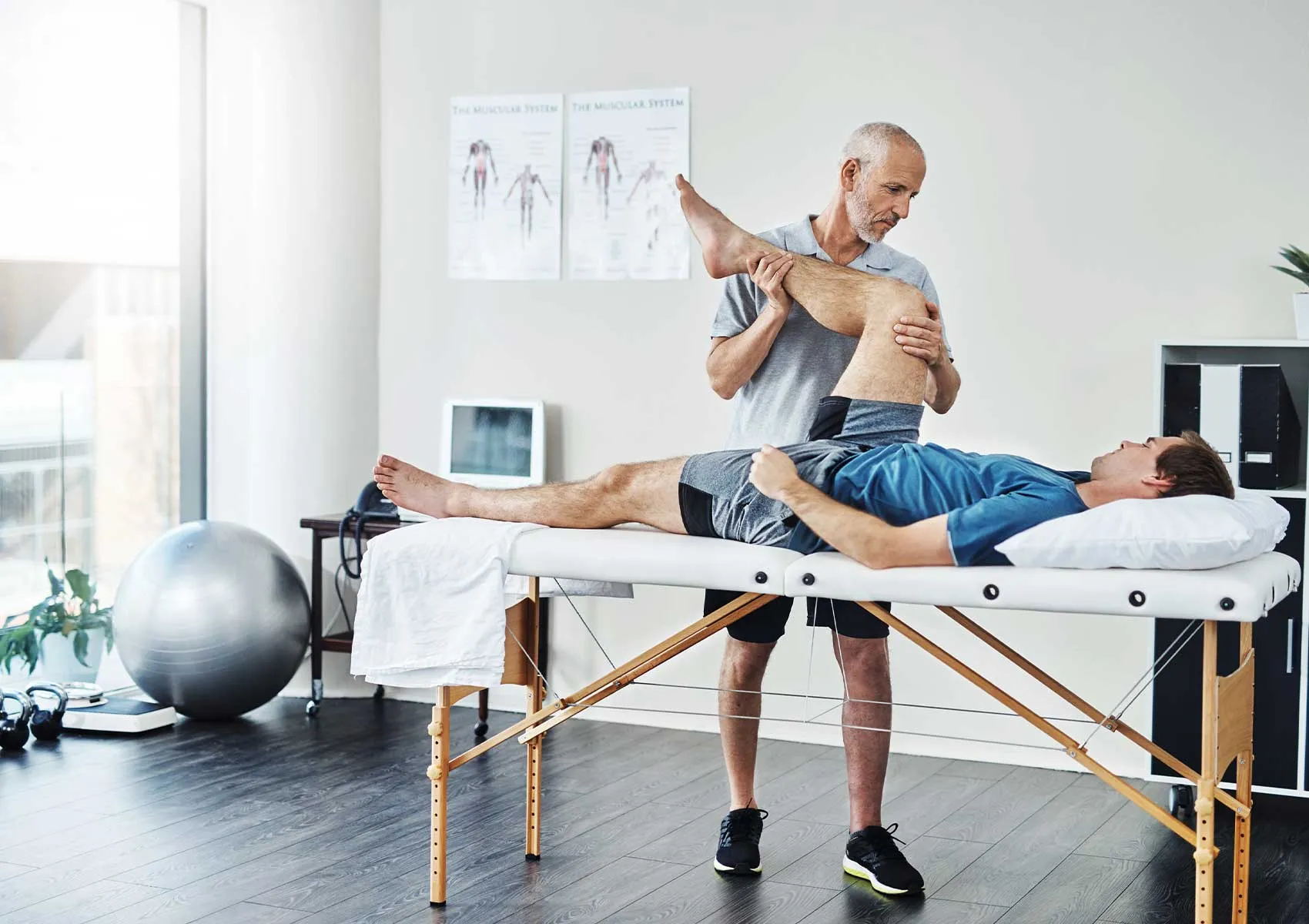Rehabilitation Process After Osteotomy
Osteotomy is a surgical procedure to correct bone alignment, and an appropriate rehabilitation process afterward is crucial. The rehabilitation process after osteotomy is designed to ensure successful recovery and maximize the patient's functional capacity. This article covers the post-osteotomy period, physical therapy approaches, and important considerations.
Osteotomy is a surgical method commonly used in orthopedics to correct bone deformities and improve joint load distribution. It is frequently applied to areas such as the femur, tibia, hip, or knee. After this intervention, an appropriate rehabilitation program is essential for the patient to regain full functional status. The post-osteotomy period varies depending on the surgical technique and patient-specific factors but generally involves distinct phases and requires a multidisciplinary approach.
What is Osteotomy?
Osteotomy involves making cuts in the bone to change its position. The goal is to reduce mechanical stress on the joint, correct deformities, and enhance joint function. This procedure is preferred for large joints like the hip and knee or in young and adult patients depending on various conditions. Since bone healing after surgery takes time, careful management of the recovery period is necessary.
Recovery Process After Osteotomy
In the early postoperative period, the focus is on allowing bone healing while maintaining mobility and strengthening muscles. Weight-bearing is usually restricted, and immobilization may be applied during the first days. Redness, bruising, and swelling from surgery typically subside within a few weeks. It is critical to monitor for infections and prevent complications such as thrombosis during this phase.
Importance and Goals of Rehabilitation
The primary goal of rehabilitation after osteotomy is to help the patient return to normal daily activities and achieve the best possible range of motion. This involves maintaining joint mobility, increasing muscle strength and coordination, controlling pain, and supporting wound healing. Rehabilitation programs are customized according to the patient’s general health, the surgical site, and the technique used.
Physical Therapy and Exercise Programs
As part of the recovery process, physical therapists design individualized exercise programs. Initially, passive and active range of motion exercises are used to enhance musculoskeletal function. Later, balance and strengthening exercises are introduced while considering the patient’s weight-bearing capacity. In advanced stages, gait training, proprioceptive activities, and conditioning exercises prepare the patient for return to sports and daily activities.
Pain Management and Medication Use
Postoperative pain is expected and can negatively affect recovery if not managed properly. Therefore, pain control is approached with a multidisciplinary strategy. Nonsteroidal anti-inflammatory drugs (NSAIDs), stronger analgesics if needed, and local cold therapy are commonly used. Pain relief is crucial to prevent muscle spasms and support early mobilization.
Return to Daily Life and Long-Term Care
The ultimate goal of rehabilitation is for the patient to walk independently, navigate stairs, and resume social activities. Consistency and motivation play a vital role. For long-term success, maintaining a healthy weight, regular exercise, and lifestyle modifications that protect joint health are important. Follow-up supervision by orthopedic surgeons and physical therapists is necessary to monitor for complications.
The rehabilitation process after osteotomy is as important as the surgery itself and directly affects recovery quality. Therefore, collaboration between the patient, doctor, and physical therapist is essential, with strict adherence to recommended treatment programs. Early intervention, appropriate exercises, and pain management are key factors for success.
FAQ
-
How long should I avoid putting weight on the leg after osteotomy?
This period usually ranges between 6 to 8 weeks, depending on the patient's overall condition and the surgical area. Your orthopedic specialist will determine the appropriate timing.
-
When can I start exercises during rehabilitation?
Exercises typically begin with gentle, passive movements in the first days after surgery, progressing gradually to active and strengthening exercises under your physiotherapist’s guidance.
-
Is pain normal after osteotomy and how is it managed?
Yes, postoperative pain is expected. It can be controlled using painkillers prescribed by your doctor and cold therapy. Severe pain should be reported to a specialist immediately.
-
Is there a risk of deterioration after osteotomy once healed?
If appropriate rehabilitation and lifestyle adjustments are not maintained, joint problems can recur. Therefore, following your doctor’s and physiotherapist’s advice and attending regular check-ups is important.
-
When can I return to sports activities after osteotomy?
Typically, 4 to 6 months post-surgery, once bone healing and functional recovery are adequate. Consult your orthopedic surgeon for detailed guidance.

